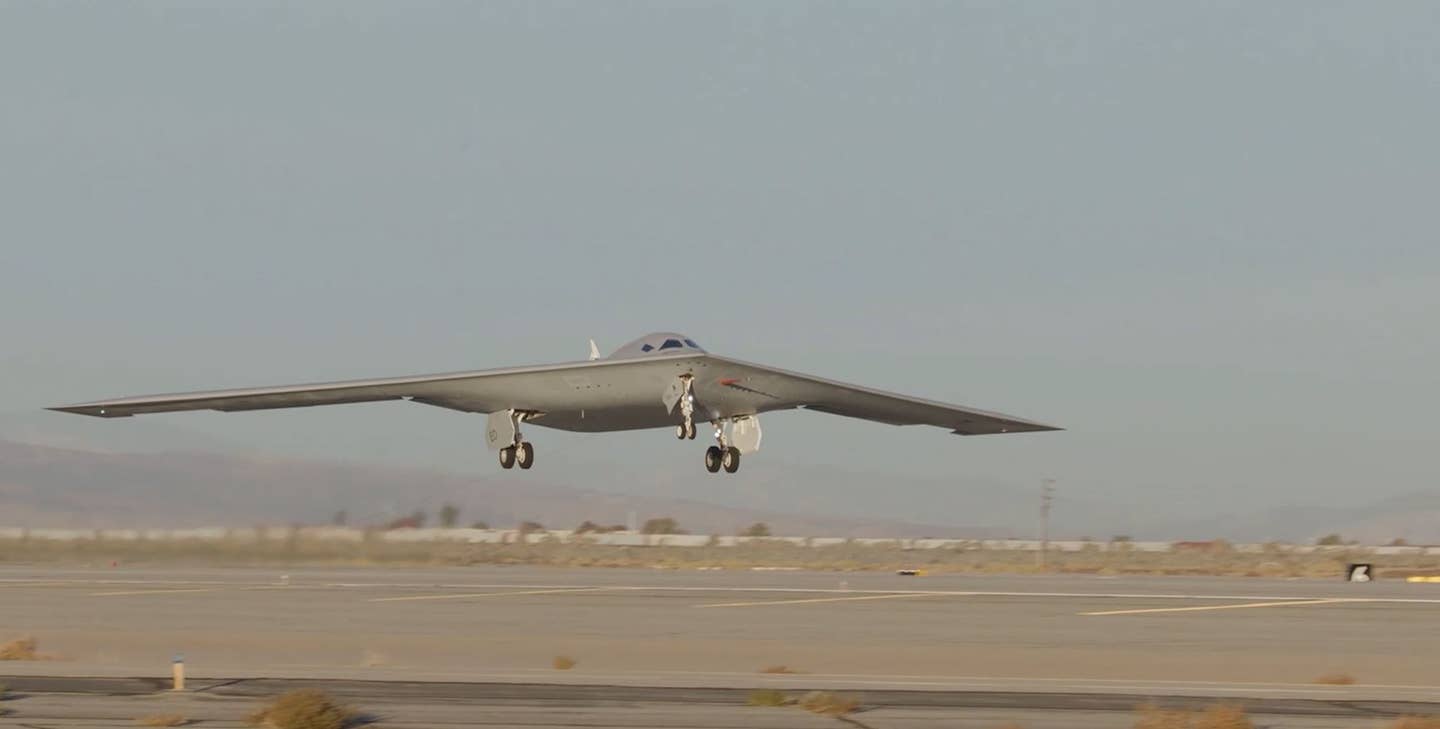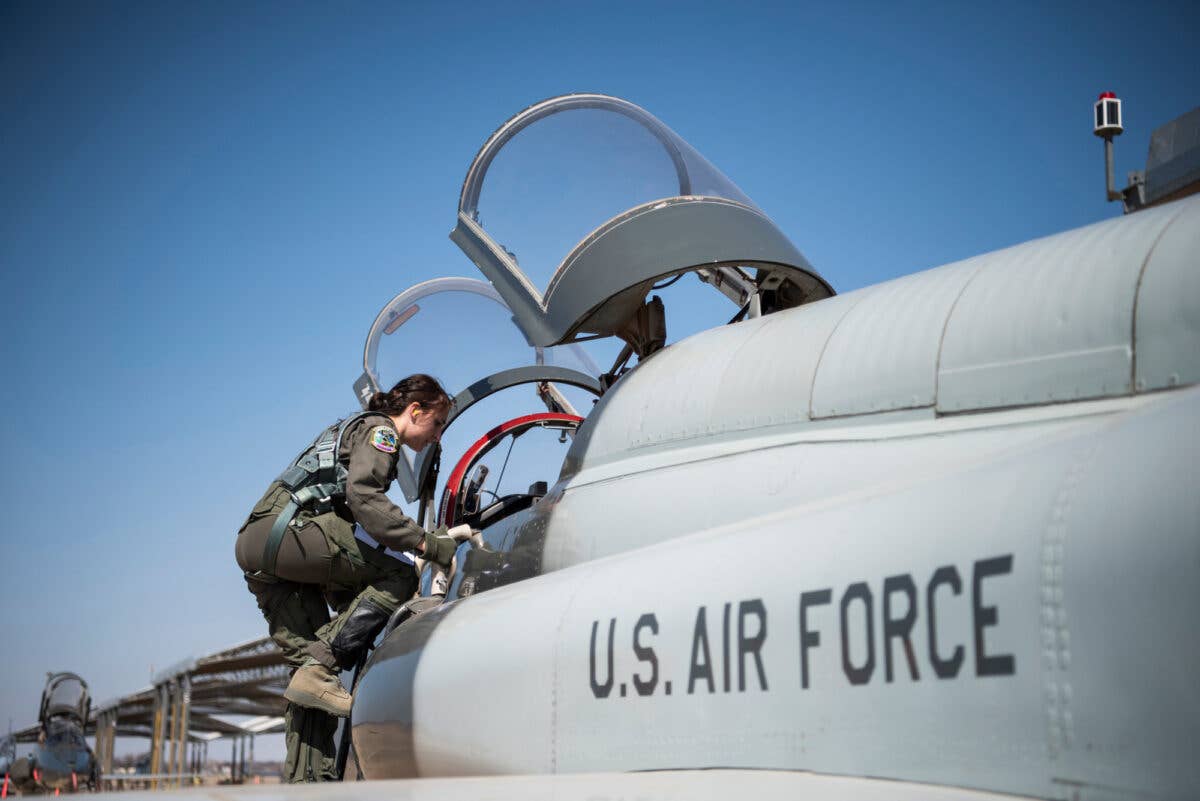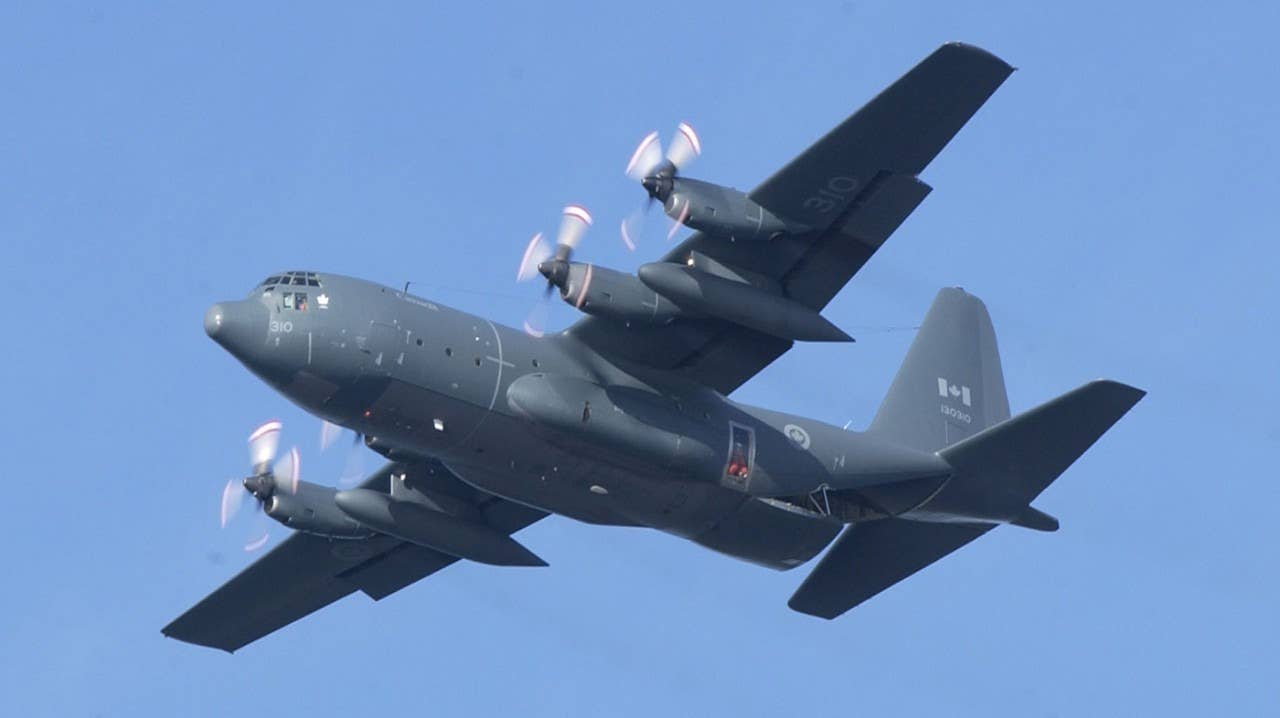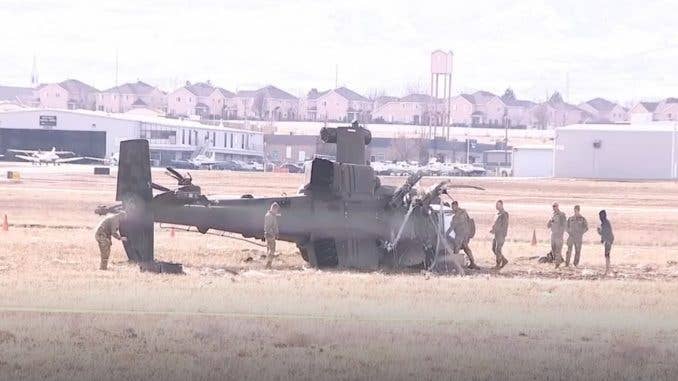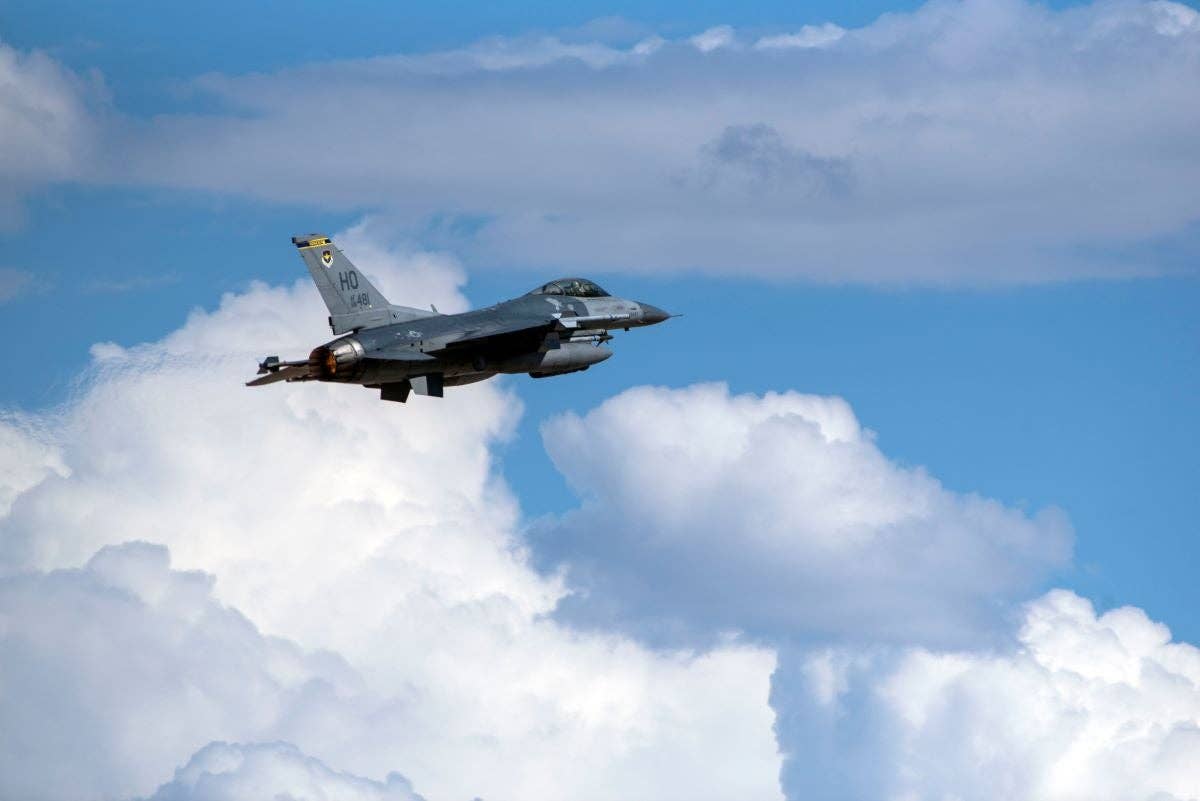Navy Recovers Data Recorder from Downed P-8A Poseidon
The maritime reconnaissance aircraft overshot the runway on approach, landing in Hawaii’s Kaneohe Bay.
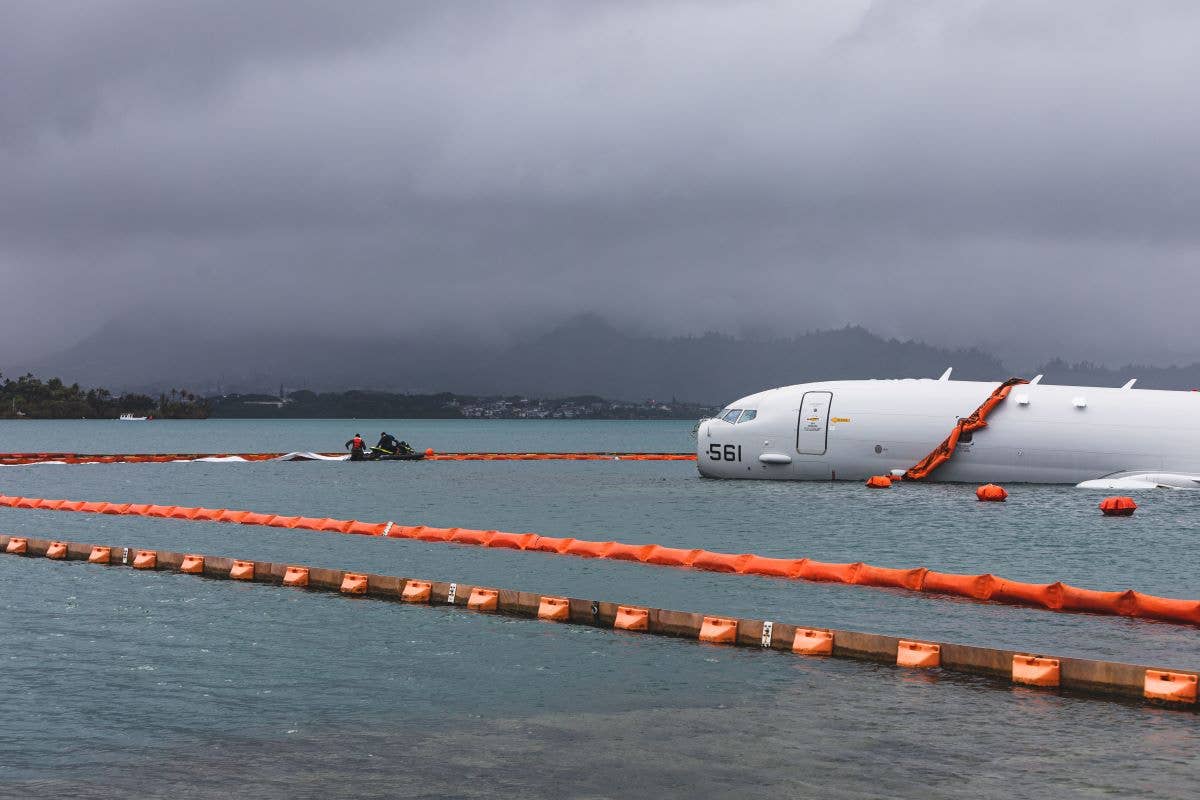
U.S. Navy sailors with Waterfront Operations, Marine Corps Base Hawaii, deploy two environmental containment booms around a downed Navy P-8A Poseidon in waters just off the runway at Marine Corps Air Station Kaneohe Bay (MCBH) on November 21. [Courtesy: U.S. Marine Corps]
The U.S. Navy has retrieved a flight data recorder as part of its aircraft recovery efforts days after a P-8A Poseidon aircraft overshot a runway, landing in Kaneohe Bay, Hawaii.
The accident occurred November 20 during rainy conditions when the maritime reconnaissance aircraft was on approach at Marine Corps Base Hawaii. Three pilots and six crewmembers on board the P-8A were assigned to Whidbey Island, Washington-based Patrol Squadron (VP) 4 “Skinny Dragons" and were on a detachment in support of maritime homeland defense, the Navy said. All safely evacuated the aircraft and no injuries were reported.
The Boeing 737-based Poseidon is used by the Navy for submarine hunting, as well as anti-surface warfare, and intelligence, surveillance, and reconnaissance (ISR).
Sailors from the Navy's Mobile Diving and Salvage Unit 1 responded to the accident site Thursday as part of the investigation and recovery assessment, the U.S. Third Fleet said Friday.
"Divers from MDSU-1’s Company 1-3 were successfully able to recover the aircraft’s flight data recorder," the fleet said. "While on shore, conducting an assessment, were members of the recently arrived Aircraft Mishap Board, assigned to investigate the incident to determine the cause and contributing factors of the mishap."
Divers also performed a hydrographic survey to determine the structural integrity of the aircraft and the coral and marine environment surrounding it.
"The survey will help the Navy plan a recovery operation that minimizes any impact to the critical ecosystem of Kaneohe Bay," fleet officials said.
Following the accident, some environmental protection measures were either taken or kept at the ready, according to the Navy. Primary and secondary containment booms were deployed, encircling the aircraft to protect the surrounding marine environment, as well as hydrophobic absorbent material to help soak up any potential pollutants, such as petroleum. A skimmer is also on standby to remove pollutants from the water surface, the Navy said.

Subscribe to Our Newsletter
Get the latest FLYING stories delivered directly to your inbox

